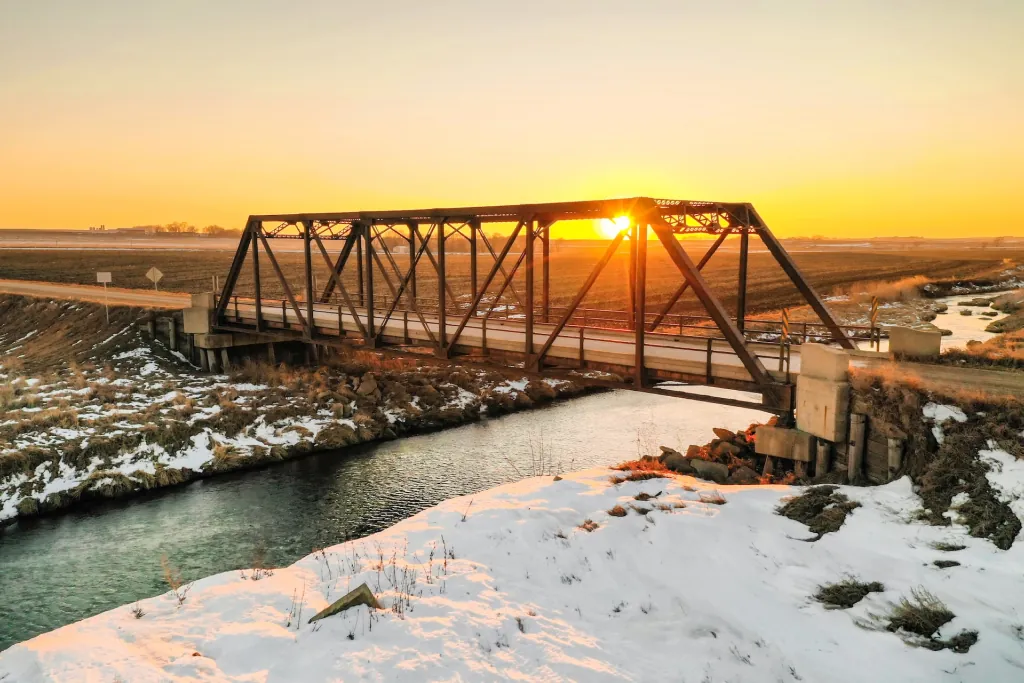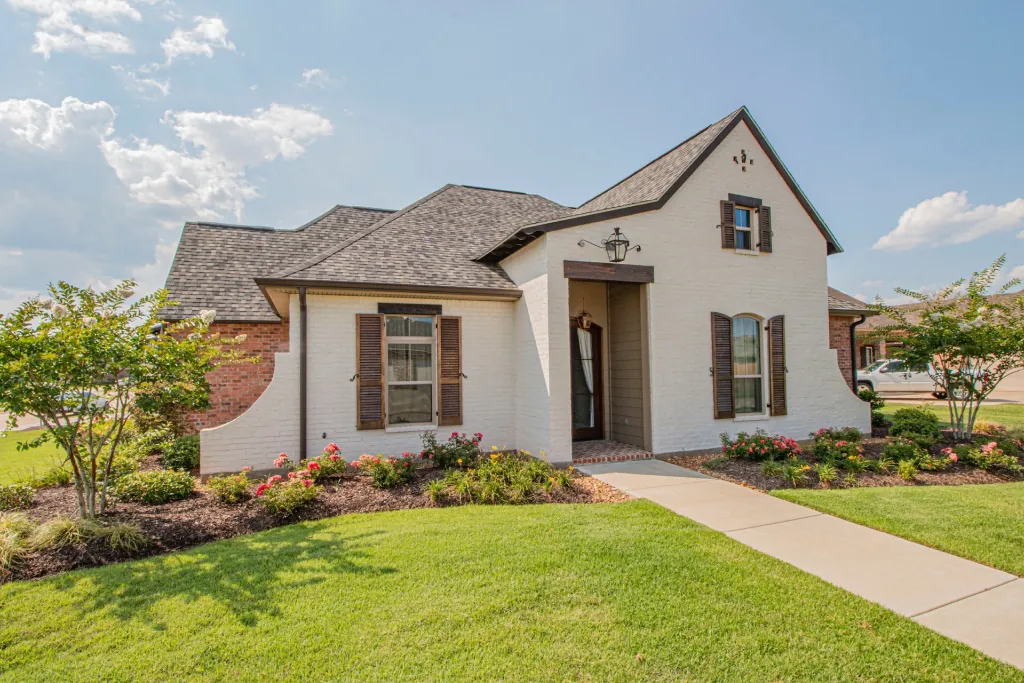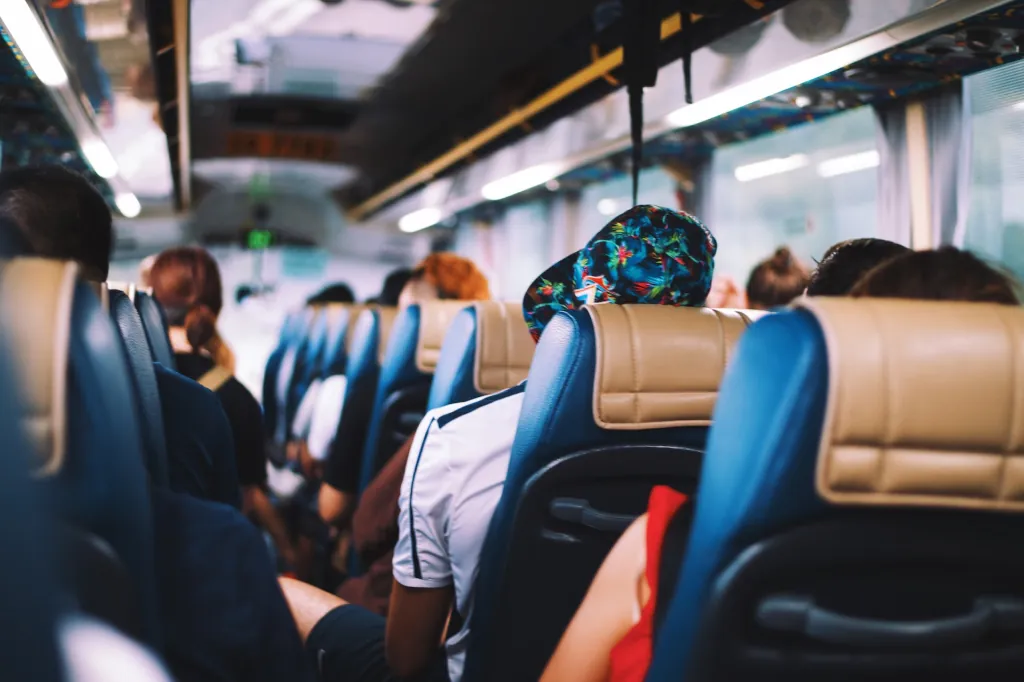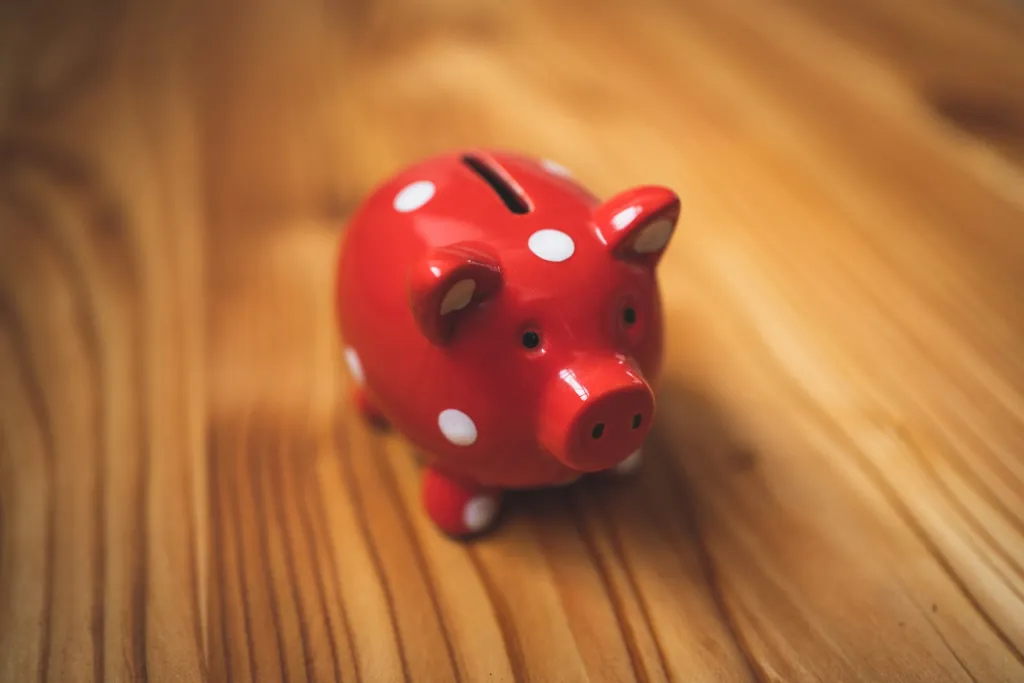Credit: Image by inboundREM | Source
Iowa, known as the Hawkeye State, is a flourishing state in the Midwestern region of the USA. It emanates a charming small-town feel with beautiful surroundings, inviting families and retirees to make it their home.
But what makes the state more attractive is its affordability. The cost of living in Iowa is relatively lower than average. Yet, it offers an excellent lifestyle thanks to its thriving economy, sought-after amenities, fun entertainment options, superb restaurants, stellar schools, and top-notch healthcare facilities.
Understanding the ins and outs of the cost of living is important as it directly impacts how you live in a particular area.
Exploring the cost of living in Iowa will help you understand the various factors that contribute to everyday expenses in the state and have a practical budget and financial plan.
Overall Cost of Living In Iowa

Photo by Josh Berendes on Unsplash
Iowa offers a relatively typical living experience. The state has an overall cost of living index of 80.1, which is 20% lower than the national average. Note that the cost of living index below 100 means the area is more affordable than the U.S. average.
The annual expenses for a single person living in Iowa are $43,542 or $3,629 monthly, while families with children can expect around $88,966 yearly costs or $7,412 monthly.
For a more detailed guide, here’s a breakdown of living expenses in Iowa:
| Category | Average Annual Cost in Nashville Single Individuals | Average Annual Cost in Nashville Married with Children |
|---|---|---|
| Housing (Rent and mortgage) | $7,316 | $11,268 |
| Utilities | $2,653 | $4,426 |
| Food | $5,786 | $11,725 |
| Transportation | $8,575 | $18,626 |
| Health Care | $3,367 | $6,018 |
| Miscellaneous | $11,572 | $27,723 |
In terms of salary, residents of Iowa have an average income after taxes of $3815, estimated to cover living expenses for approximately 2 months.
The expected living wages to cover the state’s living costs depend on whether you are single or have families.
The table below shows the hourly rate an individual or household must earn, assuming the one working is full-time (2,080 hours per year):
| Number of Adult | Hourly Rate | Total Amount Per Year |
|---|---|---|
| Single Adult | $15.73 | $32,718 |
| Two Adults (1 working) | $25.37 | $52,769 |
| Two Adults (2 working) | $12.58 | $26,166 |
| 1 Adult with Children | $32.74 | $68,099 |
| 2 Adult with Children (1 working) | $31.73 | $65,936 |
| 2 Adults with Children (both working) | $18.33 | $38,126 |
Housing Expenses

Photo by Ronnie George on Unsplash
In contrast to other cities, housing costs have the lowest impact on Iowa’s overall cost of living index. The state’s COL index for housing is 55.4, which is 45% lower than the national average.
Iowa housing prices vary depending on the neighborhood, type of home, lot size, and features and amenities. The average home value in Iowa as of August 2023 is $211,572. Meanwhile, the median sale price in Iowa is currently $294,950, with an average cost of $159 per square foot.
Here is a breakdown of the median sold prices based on the number of bedrooms in Iowa:
| No. of Bedroom | Median Sale Price |
|---|---|
| 1 Bedroom | $225,000 |
| 2 Bedrooms | $180,000 |
| 3 Bedrooms | $265,000 |
| 4 Bedrooms | $359,900 |
| 5+ Bedrooms | $505,000 |
The rental market in Iowa provides several options to accommodate different budgets. The table below summarizes the average rental rates for condos and apartments in Iowa.
| Condo Bed Type | Average Rent |
|---|---|
| Studio | $1,260 |
| 1 Bedroom | $1,020 |
| 2 Bedrooms | $1,100 |
| 3 Bedrooms | $1,580 |
| Apartment Bed Type | Average Rent |
|---|---|
| Studio | $1,260 |
| 1 Bedroom | $980 |
| 2 Bedrooms | $1,100 |
| 3 Bedrooms | $1,580 |
| 4+ Bedrooms | $1,900 |
Utility Expenses

Photo by Sanibell BV on Unsplash
Utility in Iowa has a cost of living index 98.5, just 2% lower than the national average. The average utility bill in the state for a single person is around $423.88 monthly, including electricity, heating, cooling, water, gas, and phone and internet bills.
The table below is a breakdown of expenses related to utilities in Iowa:
| Utility | Average Cost |
|---|---|
| Electricity | $110 |
| Water | $32 |
| Internet | $50 |
| Gas | $73 |
| Phone Bill | $114 |
Transportation Expenses

Photo by Annie Spratt on Unsplash
The cost of living index for transportation in Iowa is 71.4, 28% lower than the national average.
An individual can spend about $5,356 for transportation, a single adult with children is expected to spend about $9,634, while families with 1 or more children can spend $11,780 to $15,187.
The average cost for a local transport ticket is $1.44, while a monthly ticket is $39.7. When opting for a taxi, an 8km ride has an average fare of $14.8.
But here’s the good news! Iowa’s government has Fare Free Iowa City, where bus fares and passes are free between Iowa City Transit and Coralville Transit. If you are using a car to drive around Iowa, gas costs an average of $0.89 per liter.
Grocery and Dining Expenses

Photo by Markus Spiske on Unsplash
Grocery in Iowa has an index score of 94.4, 6% lower than the national average.
A single adult living in Iowa has an estimated monthly food expense of $334 and over $1,000 for a household with three children, assuming that only one adult is working.
When it comes to dining out, the monthly expense will depend on the type of restaurant or diners you visit and how frequently you eat outside.
Here is a breakdown of the average costs of food and grocery in Iowa:
| Grocery Products / Type of Dining | Average Cost |
|---|---|
| Dinner in a Restaurant | $44 |
| Fast food Restaurants | $8.49 |
| Water (40 gal) | $1.11 |
| Soft drinks | $2 |
| Milk (0.26 gal) | $1.99 |
| Loaf of Bread | $2.21 |
| Rice (2.2 lbs) | $3.01 |
| Eggs (1 Dozen) | $3.56 |
| Meats | $10.3 - $13.9 |
| Fruits and Vegetables | $1.78 - $5 |
| Toiletries | $2 - $5 |
Education and Healthcare

Photo by Alexander Grey on Unsplash
Students in Iowa can attend many of the state’s public schools. These public schools are operated by school districts and funded by taxpayers. So, there are no tuition fees.
Additionally, there are several private schools that parents can send their children to. Here is a breakdown of the average tuition fees in Iowa:
| Type of School | Average Tuition Fee |
|---|---|
| K-12 Private School | $5,437 |
| Primary School | $4,839 |
| Secondary School | $9,208 |
| Colleges (Undergraduate and Public - In State Students) | $6,450 |
| Colleges (Undergraduate and Public - Out of State Students) | $10,072 |
In terms of healthcare, it is the most significant factor contributing to the cost of living in Iowa. Health expenses in the state are considered average, not affordable, but not too expensive.
Healthcare in Iowa has a cost index of 108.2, 85 higher than the national average. A resident living in the state can expect to spend $284 to $689 in Iowa for medical expenses.
The table below shows the expected healthcare-related costs you might encounter in Iowa:
| Type of Health Care | Average Cost |
|---|---|
| Doctor’s visit | $126.91 |
| Dentist’s visit | $109.49 |
| Optometrist visit | $119.54 |
| Veterinary visit | $56.75 |
You can get health insurance in Iowa to protect yourself and your future finances. The average cost of health insurance in the state is $6,216 per person.
However, it is essential to note that the cost can vary significantly depending on various factors, such as the type of insurance and the specific population.
To provide a clearer breakdown, you may refer to the table below:
| Type of Insurance | Health Insurance Cost per person |
|---|---|
| Individual Insurance | $3,761 |
| Group Insurance | $4,627 |
| Medicaid | $8,602 |
| Medicare | $10,118 |
Entertainment and Quality of Life
Iowa offers many fun things to do and recreational opportunities for everyone. One of the top activities at Iowa is visiting the Field of Dreams Movie Site Guided Home Tour, which costs $15 to $24. You can visit the state’s museums, including:
When visiting a museum, you can expect to spend about $3 to $10 for admission fees. Meanwhile, if you are planning to watch some movies, the average cinema ticket per person is $11.
If you are a shopping enthusiast, the money you will spend will depend on your preferences and what you are looking for.
Cost of Living Comparative Analysis

Photo by Kenny Eliason on Unsplash
| Category | Iowa | Minnesota | Illinois | Missouri | Nebraska |
|---|---|---|---|---|---|
| Overall | 80.1 | 97.2 | 93.7 | 85.6 | 87.8 |
| Home Value | $211,572 | $331,869 | $252,399 | $238,760 | $254,149 |
| 1-Bedroom Rent | $980 | $1,228 | $1,920 | $998.37 | $965 |

Final Thoughts
Living in Iowa is affordable, especially compared to neighboring states like Illinois, Minnesota, Missouri, and Nebraska.
While living here is not too expensive, it remains a fantastic place to live, offering small-town conveniences and amenities. Understanding the cost of living in Iowa is necessary to know how much you will need to cover the daily expenses in the state.
By knowing the factors contributing to living costs in Iowa, you can make informed financial decisions and effectively plan your expenses and savings while enjoying all Iowa offers.
For questions about the cost of living in Iowa or if you want to know more about the Hawkeye State’s lovely neighborhoods, please don’t hesitate to give us a call at 641-755-5253 or send us a message at info@lakepanoramarealty.com. You can also follow us through our social media channels below:

Photo by Andre Taissin on Unsplash
Frequently Asked Questions
What are the healthcare facilities like in Iowa?
Healthcare in Iowa is ranked eighth in quality throughout the nation. The state is ranked highest related to healthcare facilities in terms of the quality of the public hospital system.
How does Iowa's cost of living compare to neighboring states?
Iowa is relatively more affordable than neighboring states like Minnesota, Nebraska, Missouri, Illinois, and Wisconsin.
Accordion TitleAre property taxes in Iowa high?
Residents of Iowa pay 1.50% property tax annually, the 10th highest effective rate in the country.
Are there affordable options for higher education in Iowa?
Yes! There are plenty of colleges and programs in Iowa, providing students with several options.
Affordable colleges in Iowa include the following:
Are there job opportunities that match the affordable cost of living?
Iowa has many job opportunities, especially in farming, manufacturing, healthcare, transport, engineering, and media publishing industries. Furthermore, plenty of small shops, grocery chain stores, insurance companies, and universities can provide jobs across the state.
Is Iowa a good place for retirees?
Iowa is one of the best states to retire in due to its low crime rate, excellent healthcare facilities and services, and affordable cost of living.




